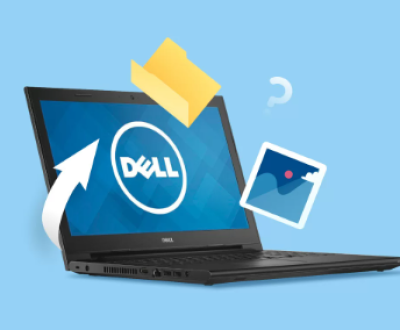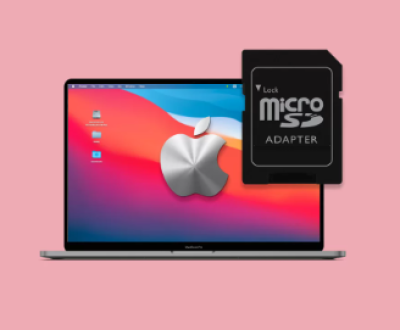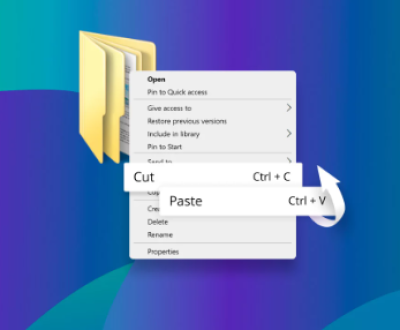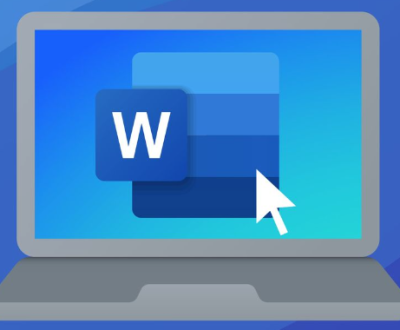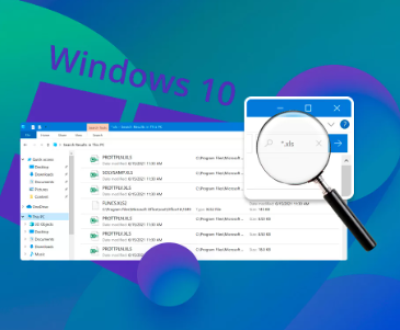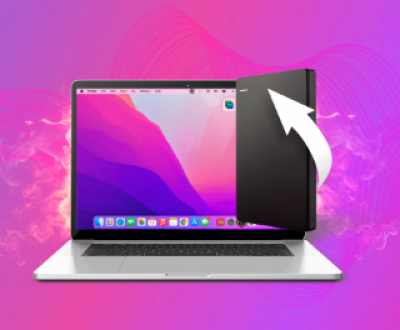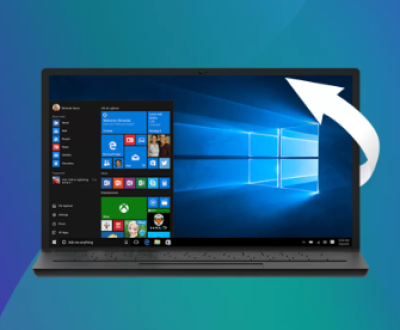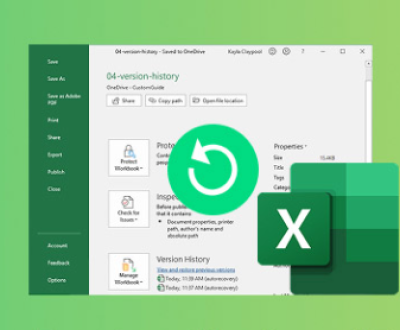A choppy or jerky video is characterized by irregular frame rates, skipped frames, or sudden jumps in the video playback. These issues can manifest in various ways, such as a video that stutters, freezes briefly, or has a jerky motion. The root causes of these problems can be quite diverse, ranging from technical issues with the recording device to problems during the encoding or playback process.
Causes of Choppy Videos
Insufficient Hardware Resources: When the computer or device playing the video doesn’t have enough processing power, memory, or graphics capabilities, it can struggle to decode and render the video smoothly. This is especially true for high-definition or 4K videos, which require more resources to play.
Incorrect Video Settings: Incorrect video settings during recording or encoding can also lead to choppy playback. For example, a low frame rate, a high bitrate that the device can’t handle, or an improper codec selection can all cause issues.

File Corruption: Video files can become corrupted during the recording, transfer, or storage process. This can be due to various factors, such as a power outage during recording, a faulty storage device, or an interrupted file transfer.
Driver Issues: Outdated or incompatible graphics drivers can also cause problems with video playback. Graphics drivers are responsible for communicating between the computer’s hardware and the software that plays the video. If the drivers are not up to date or are not compatible with the video format, it can result in choppy playback.
Network Issues: When streaming a video over the internet, a slow or unstable network connection can cause buffering issues, which can lead to choppy playback. This is especially true for high-quality videos that require a lot of bandwidth.
Repairing Choppy Videos
Once you’ve identified the cause of the choppy video, you can take steps to repair it. Here are some common methods for fixing choppy videos:
Method 1: Update Graphics Drivers
Updating your graphics drivers is often the first step in fixing video playback issues. To update your graphics drivers, follow these steps:
Identify the type of graphics card you have. You can usually find this information in the device manager on your computer.
Go to the manufacturer’s website (e.g., NVIDIA, AMD, Intel) and download the latest drivers for your graphics card.
Install the drivers on your computer and restart your system.
Method 2: Adjust Video Settings
If the video settings are incorrect, you can try adjusting them to improve playback. Here are some settings you can consider adjusting:
Frame Rate: Try reducing the frame rate of the video to a lower value that your device can handle. For example, if the video is currently set to 60 frames per second (fps), you can try reducing it to 30 fps.
Bitrate: Lowering the bitrate of the video can also help reduce the load on your device. However, keep in mind that reducing the bitrate too much may result in a lower quality video.
Codec: If the video is using an incompatible codec, you can try converting it to a more widely supported codec, such as H.264.
Method 3: Use Video Repair Software
Panda Assistant is a powerful and efficient software designed to help users recover lost or deleted data from various types of devices. Whether it’s an accidental file deletion, formatting error, or system crash, Panda Assistant provides the tools necessary to retrieve important files from hard drives, USB drives, SD cards, and more. It is particularly beneficial for those who have experienced data loss due to unexpected events and need a reliable solution to restore their files.
The software is user-friendly and designed with both novice and advanced users in mind. Its intuitive interface allows users to quickly begin the recovery process, guiding them step-by-step through the necessary actions. Panda Assistant is capable of recovering a wide range of file types, including documents, images, videos, and emails, among others.
One of the key features of Panda Assistant is its advanced scanning algorithms, which enable it to locate even deeply buried or hidden files. The software can scan both internal and external storage devices, and it even works with corrupted or damaged drives. For those looking to retrieve files from multiple devices, Panda Assistant supports recovery on various platforms, including Windows and macOS.
Method 4: Re-Encode the Video
If the video is still choppy after trying the above methods, you can try re-encoding the video. Re-encoding the video involves converting it from its original format to a different format using a video converter. This can help fix issues with the video’s encoding and make it more compatible with your device. Some popular video converters include:
HandBrake: This is a free open-source video converter that can convert videos to a wide range of formats, including MP4. MKV, and AVI. It also allows you to adjust various video settings, such as frame rate, bitrate, and codec.
Any Video Converter: This software can convert videos to over 160 different formats and supports batch conversion. It also has a built-in video editor that allows you to trim, crop, and add effects to your videos.
Format Factory: This is a free multimedia conversion tool that can convert videos, audio files, and images. It supports a wide range of formats and has a user-friendly interface.
Converting Choppy Videos
In addition to repairing choppy videos, converting them can also help improve their playback quality. Converting a video involves changing its format, resolution, frame rate, or other parameters to make it more compatible with your device or to optimize it for a specific purpose. Here are some reasons why you might want to convert a choppy video:
Compatibility: Some devices or media players may not support certain video formats. By converting the video to a more widely supported format, you can ensure that it plays smoothly on your device.
Optimization: Converting a video can also help optimize it for a specific purpose. For example, if you want to upload a video to a social media platform, you may need to convert it to a format and resolution that is supported by the platform.
Quality Improvement: In some cases, converting a video can also improve its quality. For example, if the original video has a low resolution or a high level of compression, converting it to a higher resolution or a lower compression ratio can make it look better.
Choosing the Right Video Converter
When choosing a video converter, there are several factors to consider:
Supported Formats: Make sure the video converter supports the format of your original video and the format you want to convert it to.
Conversion Speed: Look for a video converter that can convert videos quickly without sacrificing quality.
Quality Control: Some video converters allow you to adjust various video settings, such as resolution, frame rate, and bitrate, to control the quality of the converted video.
User Interface: Choose a video converter with a user-friendly interface that is easy to navigate and use.
Steps to Convert a Choppy Video
Once you’ve chosen a video converter, here are the general steps to convert a choppy video:
Launch the Video Converter: Open the video converter on your computer.
Add the Video File: Click on the “Add File” or “Import” button and select the choppy video file you want to convert.
Choose the Output Format: Select the output format you want to convert the video to. You can usually choose from a variety of formats, such as MP4. AVI, MOV, and more.
Adjust the Video Settings: If you want to adjust the video settings, such as resolution, frame rate, or bitrate, you can do so at this step.
Start the Conversion: Click on the “Convert” or “Start” button to begin the conversion process. The time it takes to convert the video will depend on the size of the video file and the settings you’ve chosen.
Save the Converted Video: Once the conversion is complete, the video converter will save the converted video to the location you specified. You can then play the converted video on your device to see if the choppiness has been resolved.
About us and this blog
Panda Assistant is built on the latest data recovery algorithms, ensuring that no file is too damaged, too lost, or too corrupted to be recovered.
Request a free quote
We believe that data recovery shouldn’t be a daunting task. That’s why we’ve designed Panda Assistant to be as easy to use as it is powerful. With a few clicks, you can initiate a scan, preview recoverable files, and restore your data all within a matter of minutes.
Subscribe to our newsletter!
More from our blog
See all postsRecent Posts
- How can i retrieve deleted files from my computer 2025-07-04
- How to restore lost files on sd card 2025-07-03
- How to restore lost files 2025-07-03

 Try lt Free
Try lt Free Recovery success rate of up to
Recovery success rate of up to

